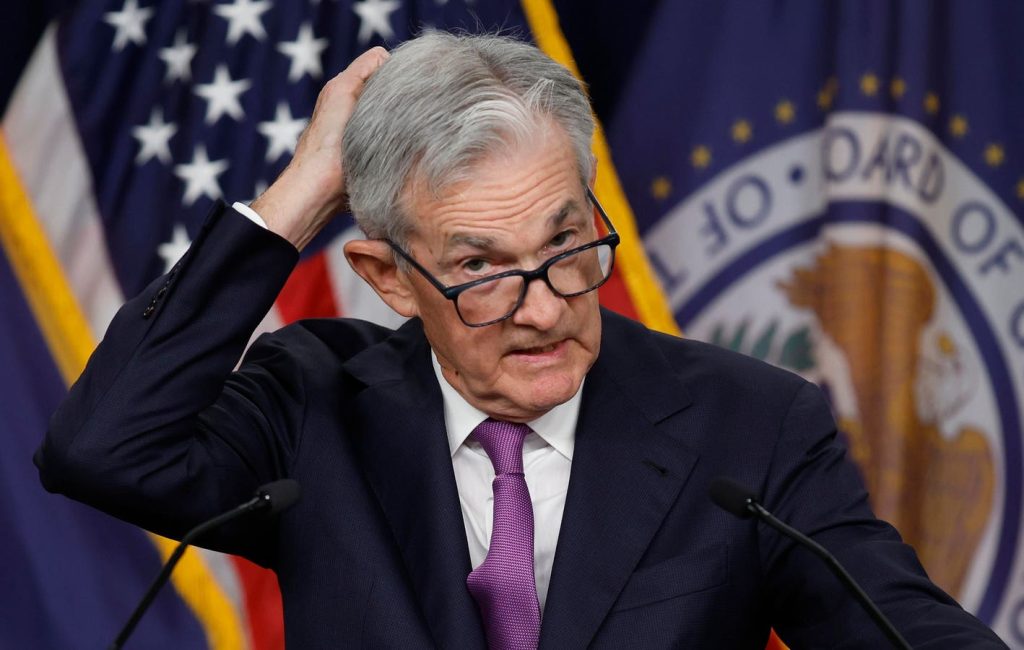Despite the occasional confusion stemming from Federal Reserve Chair Jay Powell’s mixed messages, the strategy of “Don’t fight the Fed” remains a top investing rule. While Powell may say one thing publicly, his actions may contradict those statements. Most recently, Powell announced a slowdown in the Fed’s balance sheet reduction plan, known as quantitative tightening, which presents a prime opportunity for investors to capitalize on a bond fund offering a 9% yield and monthly payouts.
The Federal Reserve has been gradually reducing its holdings of notes, bonds, and mortgage-backed securities since June 2022. However, Powell’s recent announcement revealed a significant shift in this strategy, with the Fed planning to cut the amount of Treasuries allowed to mature by more than half, from $60 billion to $25 billion. This move indicates that the Fed will step in and buy Treasuries to replace those that mature above the $25-billion cap, resulting in higher bond prices and lower yields.
Powell’s decision to intervene in the bond market aims to control the long end of the yield curve, specifically the 10-year Treasury rate, which spiked to 5% in October. By implementing quantitative easing through purchasing Treasuries, the Fed hopes to stabilize bond yields and alleviate investor concerns. This behind-the-scenes manipulation by the Fed underscores the importance of closely monitoring Powell’s actions and words to identify potential investment opportunities.
This method of “Quiet QE,” where Powell projects one narrative while implementing a different strategy behind closed doors, has been beneficial for investors in the past. In previous instances of market volatility, Powell’s tactics have led to significant stock market gains, particularly in sectors such as AI. By leveraging this approach and staying attuned to Powell’s interventions, investors can position themselves to benefit from market fluctuations and capitalize on bond fund opportunities.
As part of the Contrarian Income Report service, investors have successfully navigated Powell’s Quiet QE tactics and profited from high-yield bond funds like the PIMCO Dynamic Income Fund (PDI). By choosing funds managed by experienced professionals like Bill Gross’s successor, Dan Ivascyn, investors can secure substantial returns through dividends. With Powell’s intervention in Treasury markets and the prospect of lower yields, the DoubleLine Yield Opportunities Fund (DLY) emerges as a promising investment option, offering a 9.1% yield and a consistent monthly payout since its inception in 2020.
DLY, managed by renowned investor Jeffrey Gundlach, prioritizes lower-grade bonds in its portfolio, maximizing returns and minimizing risk. With a unique approach to bond selection and a focus on short to medium-term durations, DLY stands to benefit from both current market conditions and potential rate cuts by the Fed in the future. As investors anticipate a shift towards lower interest rates, DLY presents an opportunity to capitalize on rising demand for high-yield bond funds. By staying informed and proactive in their investment decisions, investors can effectively navigate Powell’s evolving strategies and position themselves for long-term financial success.


